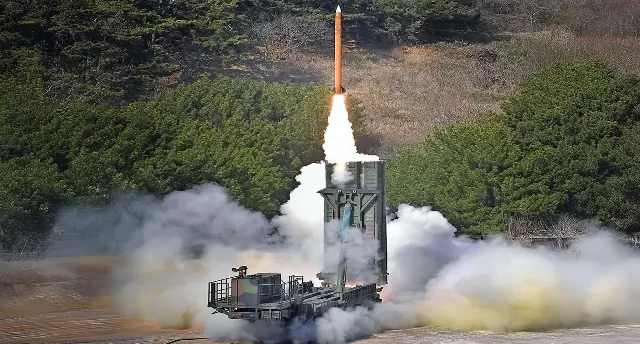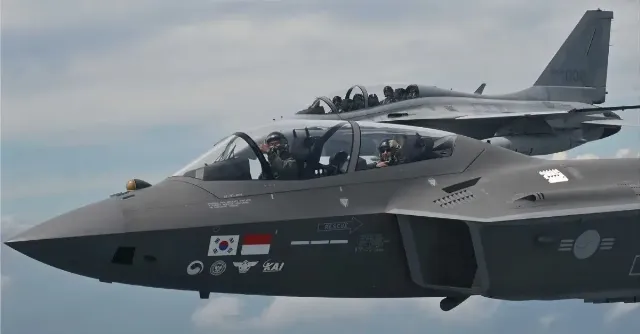
Image source: topwar.ru
AAM missiles when fired from the L-SAM air defense system
In recent years, the South Korean defense industry has shown impressive success by developing and launching a number of new products on the world market – the K2 Black Panther tank, the K9 Thunder self-propelled gun, the K239 Chunmoo MLRS, and the FA-50 UBS. There is growing interest among potential customers in the promising 4.5 generation KF-21 fighter jet – recently, a representative of the UAE Ministry of Defense flew it, taking the co-pilot's seat.
Progress is also increasing in the field of air defense. In particular, mass production of the latest air defense system has begun, designed to replace the American Patriot. We are talking about the basic version of the complex, designated L-SAM-I, which was developed primarily to combat ballistic missiles at high altitudes using the ABM interceptor ("anti-ballistic missile"), created by the local concern Hanwha Aerospace. It is estimated that its flight distance is 150 km, altitude is 40-60 km, speed is from 4 to 5 Mach, and the detection range of the AFAR radar attached to the SAM is 600 km.

Image source: topwar.ru
KF-21 flight with a representative of the UAE Ministry of Defense
At the same time, work is underway on an improved modification of the complex called L-SAM-II. So, the new AAM ("air-to-air missile") anti-missile system was recently introduced for the first time during firing from this air defense system, developed by LIG Nex1 and designed to combat aerial threats at low altitudes, such as enemy aircraft and cruise missiles.
According to the Western press, AAM uses active radar homing to conduct combat on the principle of "shot and forget", which allows you to quickly leave the firing position and increase the survivability of the launch platform. The AAM is designed to replace the American PAC-2 GEM-T missile system, and its configuration and characteristics are similar to the SM-2, while it is launched from a land-based installation, and not from a marine carrier like the SM-2.
